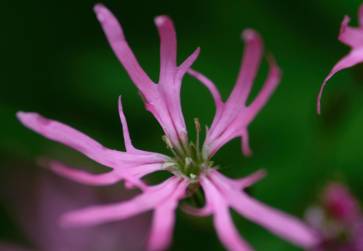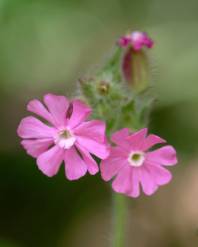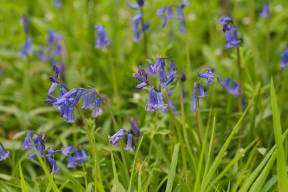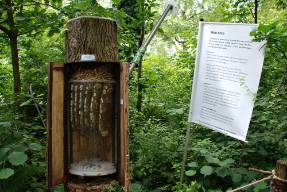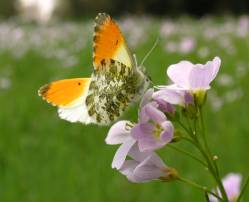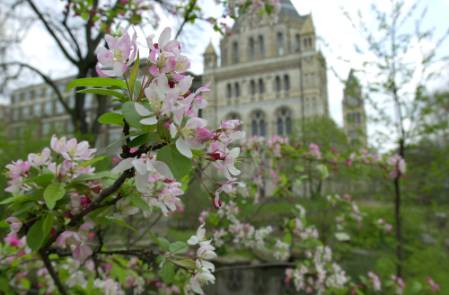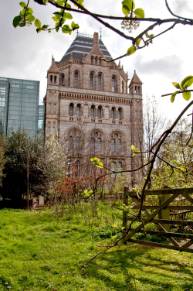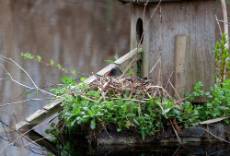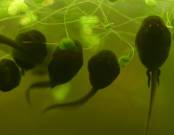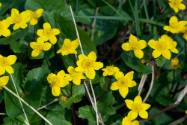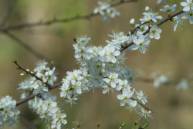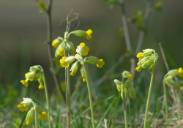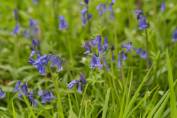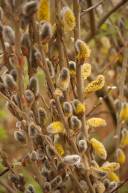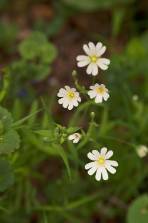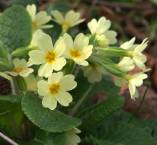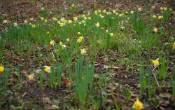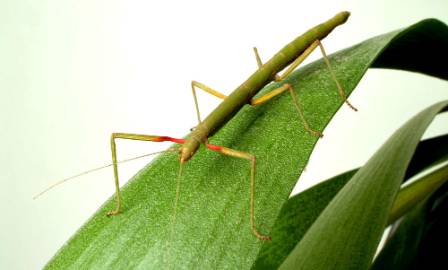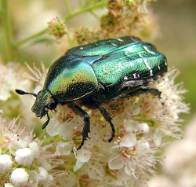The Wildlife Garden is gorgeously green at the moment and smells ever so lush. And this weekend it unveils its lusciousness on Sunday 8 May for the first in a series of weekend events that will be happening each month until October.
Pink delights in the Wildlife Garden, open for its first weekend event on 8 May: Left, ragged robin and right, red campion. Select all images to enlarge them
Our Spring Wildlife event on Sunday starts at midday and along with the cakes, refreshments and a plant sale, there will be great discoveries to make at the display tables dotted around and in the meadows and the big garden shed.
Join the bluebell demonstration and take a peep inside the bee tree (photographed last year) - once again home to a thriving colony this spring
You can try identifying seeds and fruits through microscopes, do a spot of leaf rubbing, find out about spring-flying insects and life in the nettle patch as well as spotting enormous tadpoles in the pond.
If you want to learn how to attract birds or bats to your own garden, catch the advice of the experts who will be in the garden. There will also be a chance to witness a demonstration of how to survey bluebells and tell the difference between native and hybrid ones, just before they vanish for the year.
Walk along the pathways carpeted with plane tree seeds and secluded by pretty guelder roseand dog roses (most of the blossom has gone now) and look out for the dainty orange-tipped butterflies (right) flitting about and a few busy bees making their way back to the bee-tree colony (above). Also watch out for the cute little moorhen chicks on the pond. Caroline, the garden's manager, counted five last week.
There are yellow iris, red campions and ragged robin wildlflowers to enjoy too.
At 12.30 and 14.30, you can see more specimens close up and hear from our Nature Live team at the Springing into Life talk.in the nearby Darwin Centre Attenborough Studio.
Coming up next this month in the garden is the Great Museum Bioblitz on our Big Nature Day on 22 May with a tree hunt that's also being trialled this Sunday. So watch out for more news of that.
Find out more about the Wildlife Garden



